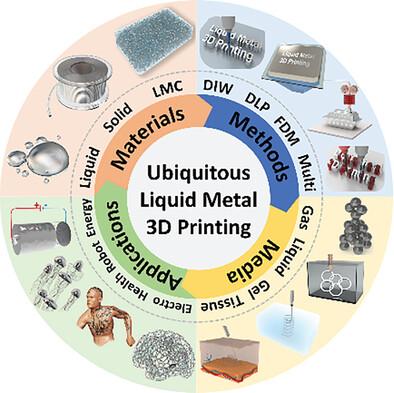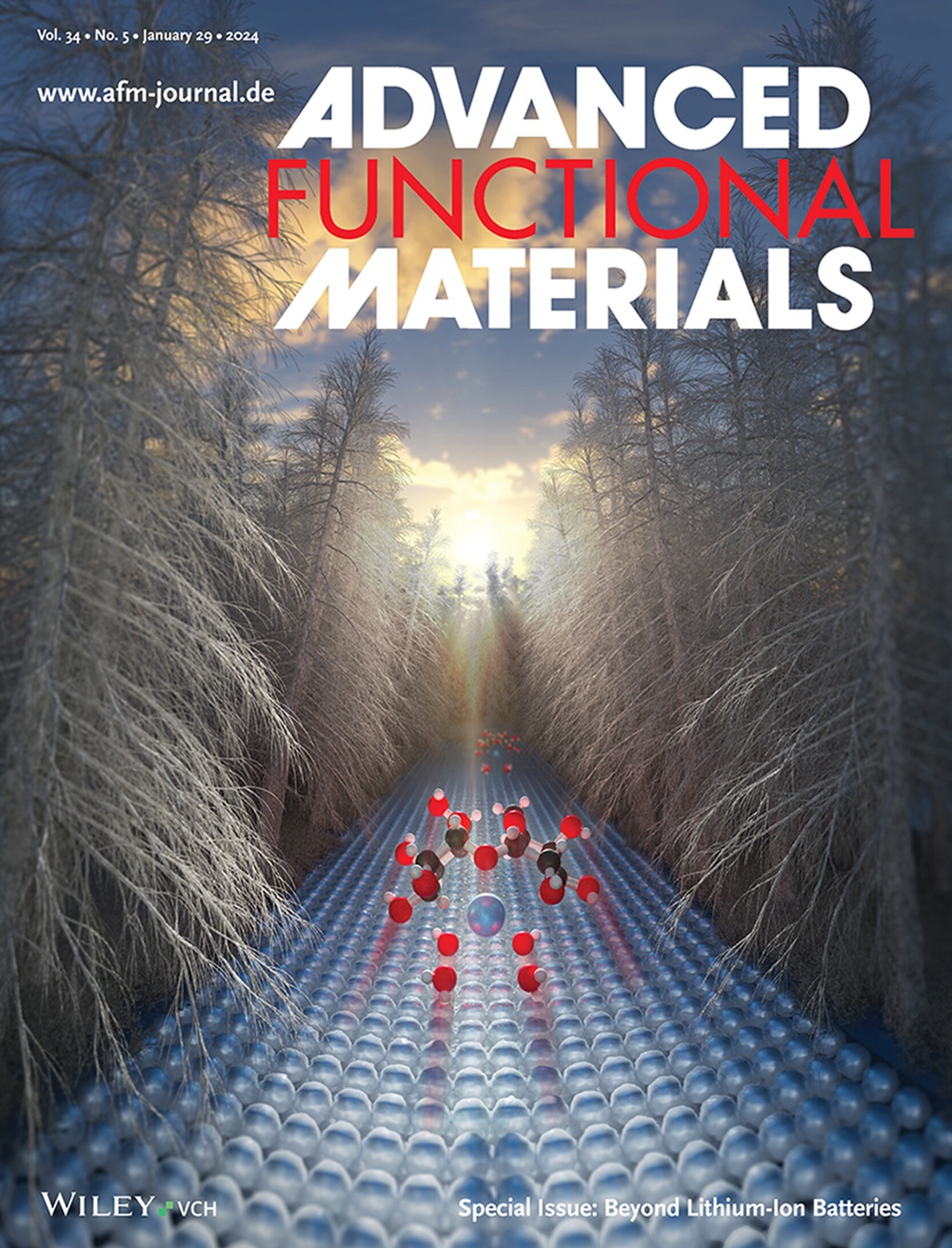Ubiquitous Liquid Metal 3D Printing: From Gas, Liquid to Rigid Media
IF 18.5
1区 材料科学
Q1 CHEMISTRY, MULTIDISCIPLINARY
引用次数: 0
Abstract
Liquid metals (LMs) are opening large spaces for achieving functional 3D printing. However, previous fabrication strategies ever developed so far can only address a specific printing task that has yet to fulfill various needs. Conceiving that all fabrications and their output quality are dominated by the interactions between printing inks and their ambient environment, this review is dedicated to presenting a generalized framework toward the ubiquitous LM 3D printing and summarizing its fabrication category thus integrated. A panoramic view is provided that intentionally administrating the interfacial interactions among different media can guide ink modification and printing optimization. Further, the interactions between LM inks and various media are interpreted, ranging from gases, and liquids to soft matters, biological tissues, and even rigid materials, exploring key mechanisms such as oxidation facilitation, heat dissipation, structural support, modulus matching, strong wettability, and high reactivity. Following that, the LM inks, typical printing technologies, diverse working media, and enabled applications are reviewed. The elucidation of these interactions, particularly physical and chemical effects, can lead to the incubation of future LM 3D printing centers. It is expected that interactional LM 3D printing can mold additive manufacturing into ever-powerful tools in the coming time.

求助全文
约1分钟内获得全文
求助全文
来源期刊

Advanced Functional Materials
工程技术-材料科学:综合
CiteScore
29.50
自引率
4.20%
发文量
2086
审稿时长
2.1 months
期刊介绍:
Firmly established as a top-tier materials science journal, Advanced Functional Materials reports breakthrough research in all aspects of materials science, including nanotechnology, chemistry, physics, and biology every week.
Advanced Functional Materials is known for its rapid and fair peer review, quality content, and high impact, making it the first choice of the international materials science community.
 求助内容:
求助内容: 应助结果提醒方式:
应助结果提醒方式:


